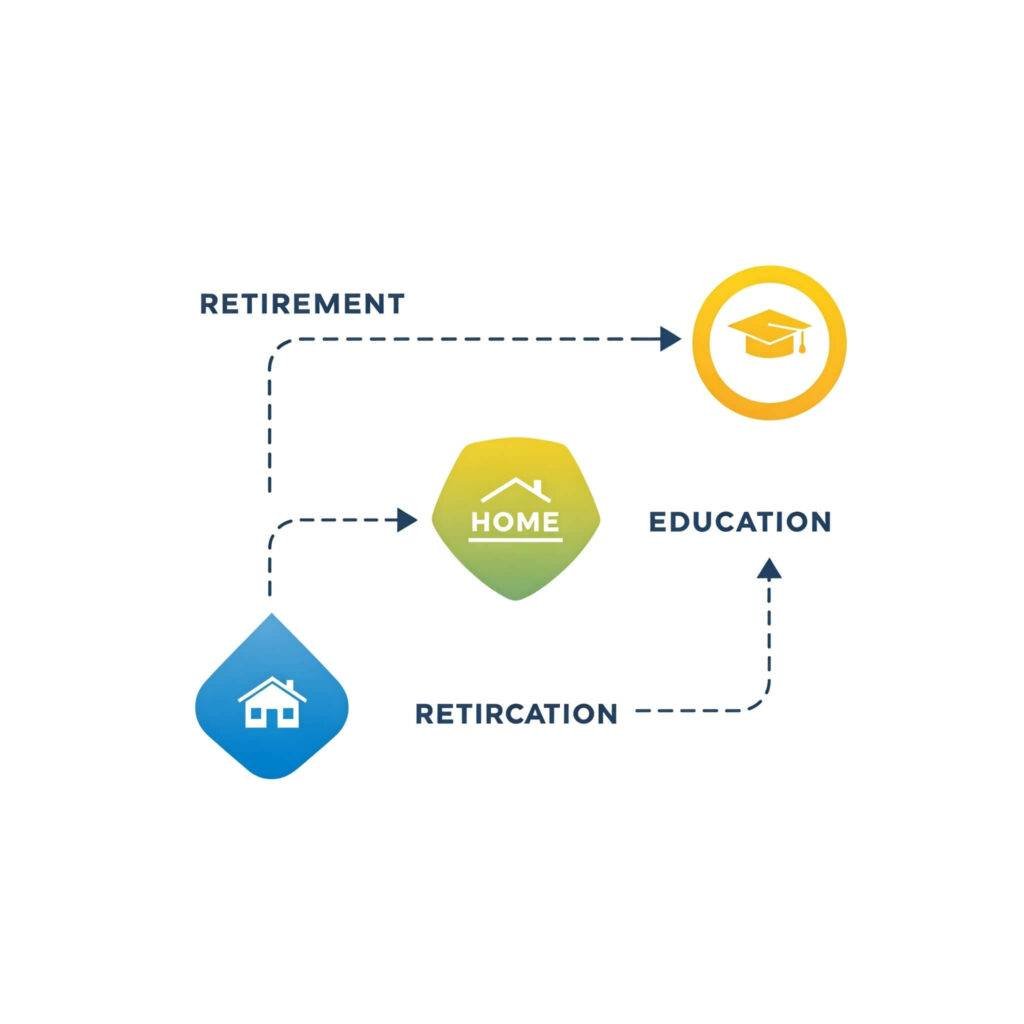Investing can feel like navigating a stormy sea—exciting but fraught with risks. The key to success lies in learning how to minimize risk with smart investment strategies. By adopting proven techniques, you can protect your portfolio while steadily growing your wealth. This guide breaks down actionable steps to help you invest wisely, with real-world examples and data-driven insights to boost your confidence.
Why Smart Investment Strategies Matter
Investing without a plan is like driving without a map—you might get somewhere, but the journey could be bumpy. Smart investment strategies help you minimize risk while maximizing returns. According to a 2023 study by Vanguard, diversified portfolios reduced volatility by up to 30% compared to single-asset investments. Here’s how you can build a safer investment approach.

1. Diversify Your Portfolio to Minimize Risk
Diversification is the cornerstone of smart investment strategies. By spreading your investments across different asset classes—stocks, bonds, real estate, and commodities—you reduce the impact of a single asset’s poor performance.
How to Diversify Effectively
- Mix Asset Types: Combine equities, fixed-income securities, and alternative investments like gold.
- Invest Across Sectors: Include technology, healthcare, and consumer goods to hedge against sector-specific downturns.
- Go Global: Invest in international markets to reduce reliance on a single economy.
Example: Jane, a 35-year-old teacher, allocated 50% of her portfolio to stocks, 30% to bonds, and 20% to real estate investment trusts (REITs). When the stock market dipped in 2024, her bonds and REITs cushioned the blow, keeping her portfolio stable.
2. Use Dollar-Cost Averaging for Safer Investing
Market timing is tricky, even for experts. Dollar-cost averaging (DCA) is a smart strategy to minimize investment risk by investing a fixed amount regularly, regardless of market conditions. This approach reduces the risk of buying at a peak price.
How DCA Works
- Invest a set amount (e.g., $500) monthly into a mutual fund or ETF.
- Buy more shares when prices are low and fewer when prices are high.
- Over time, your average cost per share decreases, smoothing out market volatility.
Data Insight: A Fidelity study found that investors using DCA achieved 10% better returns over 20 years compared to those trying to time the market.

3. Prioritize Low-Risk Investments
Not all investments carry the same risk. To minimize risk with smart investment strategies, consider low-risk options like bonds, fixed-income funds, or dividend-paying stocks. These provide steady returns with less volatility.
Top Low-Risk Investment Options
- Treasury Bonds: Backed by the government, they’re among the safest investments.
- Dividend Aristocrats: Stocks from companies with 25+ years of consistent dividend payments.
- Index Funds: Track broad markets, offering stability through diversification.
Example: Mark, a retiree, invested 60% of his savings in Treasury bonds and index funds. His portfolio grew steadily at 4% annually, providing reliable income without sleepless nights.
4. Conduct Thorough Research Before Investing
Knowledge is power when it comes to minimizing investment risk. Researching companies, industries, and market trends helps you make informed decisions. Use trusted resources like Morningstar or Bloomberg for reliable data.
Research Tips
- Analyze a company’s financial health, including revenue growth and debt levels.
- Stay updated on macroeconomic trends, like interest rate changes.
- Read analyst reports for expert insights on potential investments.
Pro Tip: Avoid “hot tips” from social media. Stick to verified sources to protect your capital.
5. Set Clear Financial Goals
A clear roadmap helps you minimize risk with smart investment strategies. Define your goals—retirement, buying a home, or funding education—and align your investments accordingly.
How to Set Goals
- Short-Term (1-3 years): Stick to low-risk options like savings accounts or short-term bonds.
- Mid-Term (3-10 years): Mix stocks and bonds for balanced growth.
- Long-Term (10+ years): Focus on equities for higher returns, with some diversification.
Example: Sarah, a 28-year-old freelancer, set a 10-year goal to save $100,000 for a home. She invested in a mix of ETFs and bonds, adjusting her portfolio annually to stay on track.

6. Monitor and Rebalance Your Portfolio
Markets change, and so should your portfolio. Regularly reviewing and rebalancing your investments ensures you minimize risk while staying aligned with your goals.
Rebalancing Tips
- Check your portfolio quarterly or after major market shifts.
- Sell overperforming assets and buy underperforming ones to maintain your desired allocation.
- Use robo-advisors like Betterment for automated rebalancing.
Data Insight: A Charles Schwab study showed that rebalanced portfolios outperformed static ones by 1.5% annually over a decade.
Key Takeaways to Minimize Risk
- Diversify across assets, sectors, and regions to spread risk.
- Use dollar-cost averaging to avoid market timing pitfalls.
- Prioritize low-risk investments for stability.
- Research thoroughly and set clear financial goals.
- Monitor and rebalance your portfolio regularly.
By adopting these smart investment strategies, you can protect your wealth and build a secure financial future. Start small, stay informed, and let your investments work for you.
Outbound liink:

